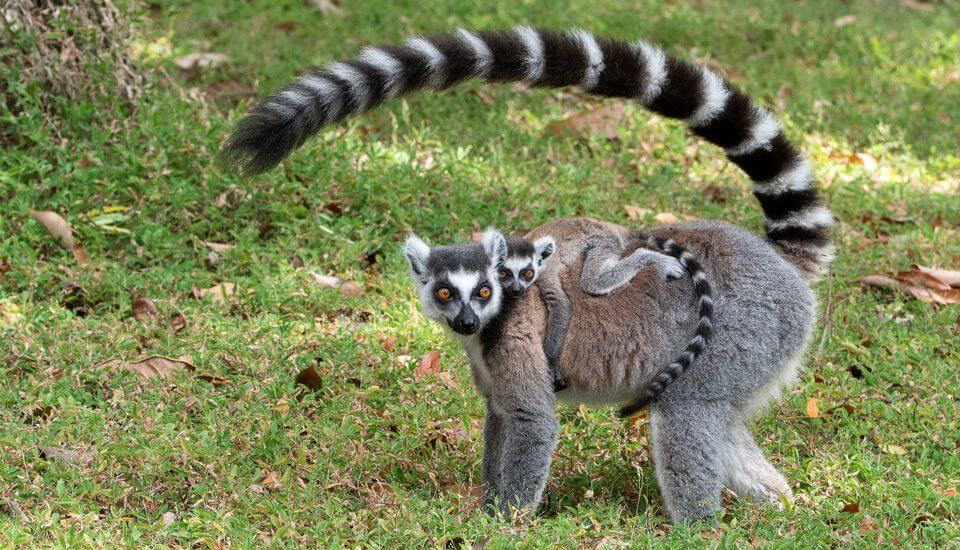Conservation research is vital to deepening our understanding of Madagascar’s unique animals, plants, and habitats. Here we provide a selection of published papers, book contributions, and communications relating to scientific studies in Madagascar, highlighting the work of Timothy Eppley, Ph.D., Wildlife Madagascar’s Conservation Biologist.
You can download the PDF of each paper, chapter, or document and read it in full. Find out about the work taking place to help save the flora and fauna of this extraordinary island!
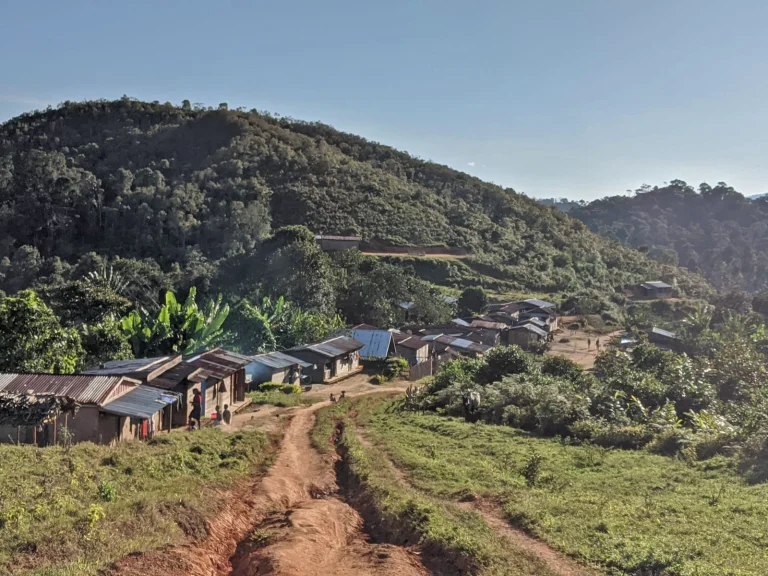
Wildlife consumption patterns during a complex humanitarian and environmental crisis
Dr. Tim Eppley and colleagues recently published an article titled “Wildlife consumption patterns during a complex humanitarian and environmental crisis” in the journal Biological Conservation. Tim Eppley See Full Bio
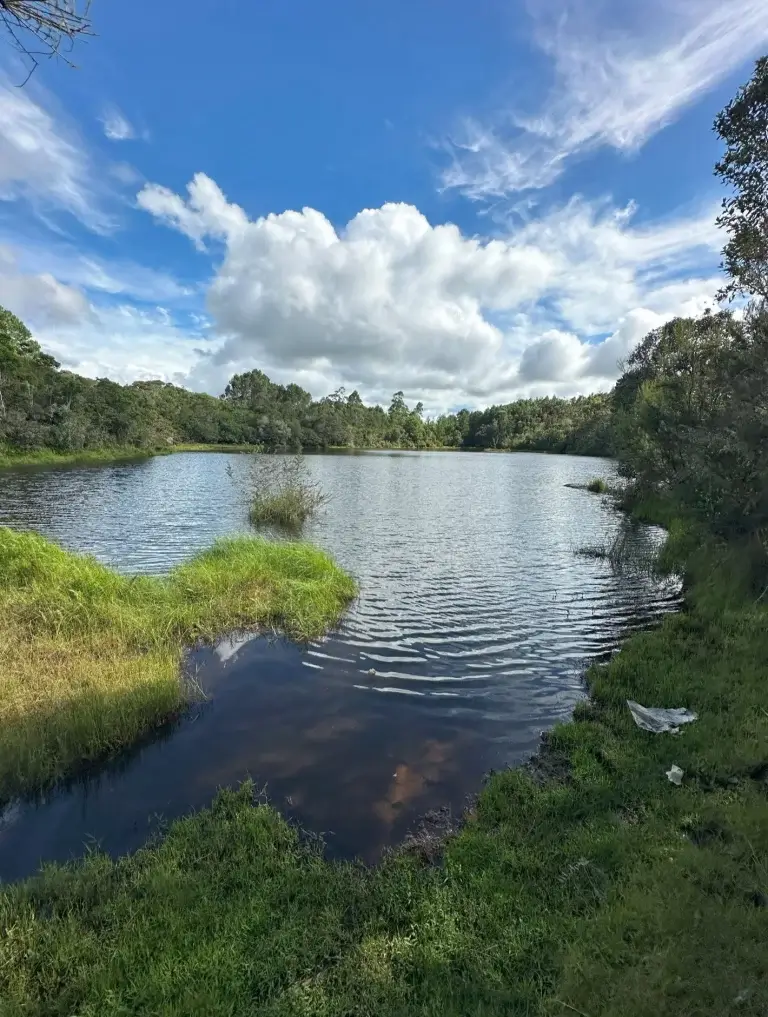
Accelerated human-induced extinction crisis in the world’s freshwater mammals
Dr. Tim Eppley and colleagues recently published an article titled “Accelerated human-induced extinction crisis in the world’s freshwater mammals” in the journal Global Environmental Change Advances. Tim Eppley See Full …
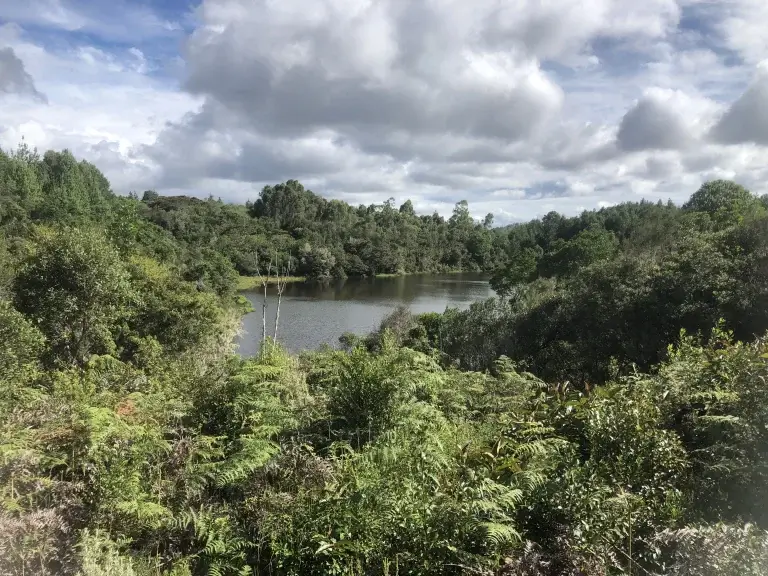
Tropical field stations yield high conservation return on investment
Dr. Tim Eppley led a recent study titled “Tropical field stations yield high conservation return on investment” that was published in Conservation Letters. The study consisted of a survey of field stations in …
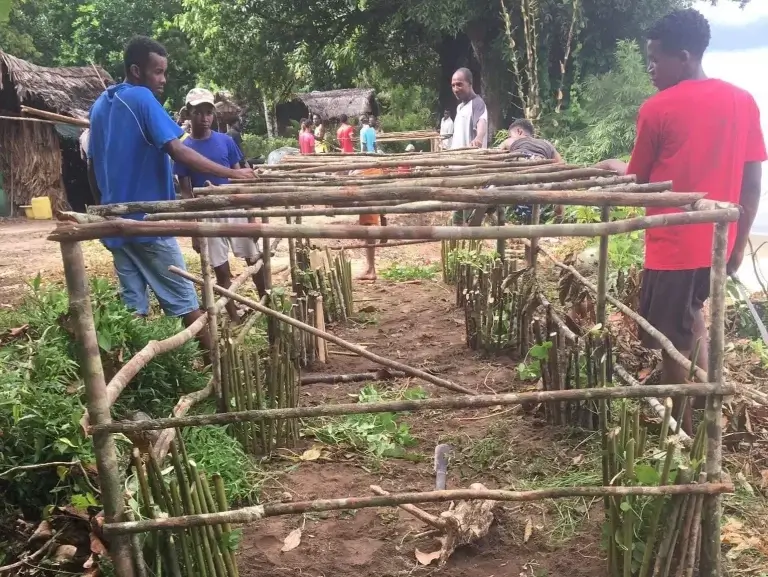
Towards new agricultural practices to mitigate food insecurity in southern Madagascar
Dr. Tim Eppley and colleagues published this chapter in the book Defining Agroecology: A Festschrift for Teja Tscharntke. The volume was compiled in honor of Prof. Tscharntke, whose legacy is …

Evaluating the impact of infrastructure and human-modified landscapes on spatial patterns of primate species
Dr. Tim Eppley and colleagues recently published an article in the high-profile journal Global Change Biology, evaluating the impact of infrastructure and human-modified landscapes on spatial patterns of primate species worldwide. They show that the negative impact …
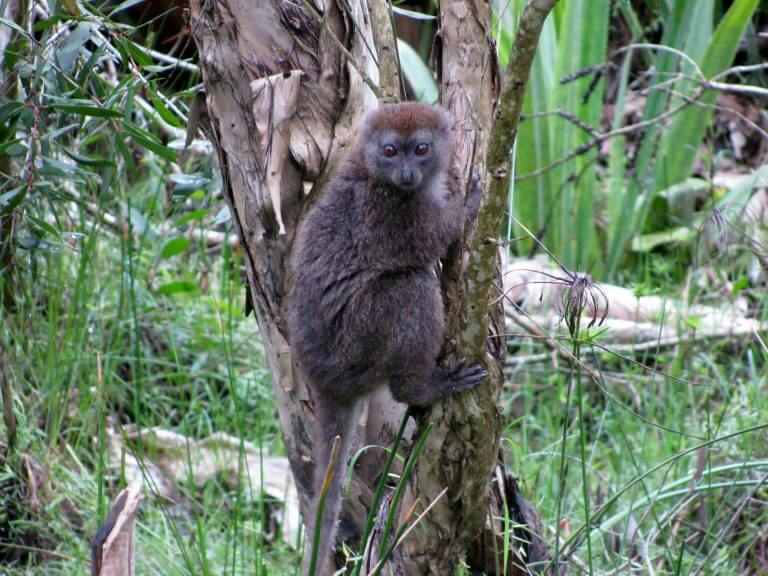
Huddling is more important than rest site selection for thermoregulation in southern bamboo lemurs
Resting site selection can have important effects on the behavior and fitness of organisms. We sought to determine whether a medium-sized lemur model, the southern bamboo lemur (Hapalemur meridionalis), would …
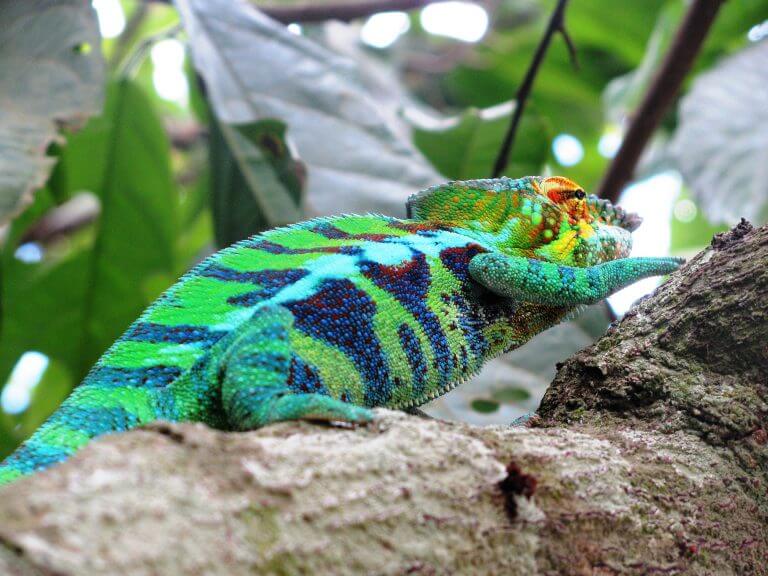
Evidence of spatiotemporal planning in a panther chameleon (Furcifer pardalis) on the Masoala Peninsula, Madagascar
There is a generally a lack of information on the natural history and reproduction of the panther chameleon (Furcifer pardalis) in the wild, and few written accounts of egg deposition. …
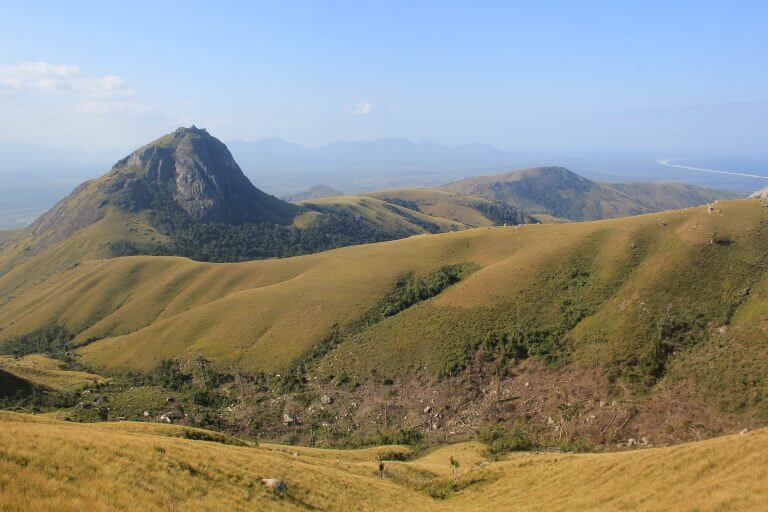
Factors influencing terrestriality in primates of the Americas and Madagascar
Primates from the Americas and Madagascar are predominantly arboreal but occasionally descend to the ground. As anthropogenic impacts to habitats and climate worsen, our results suggest that diurnal species already …
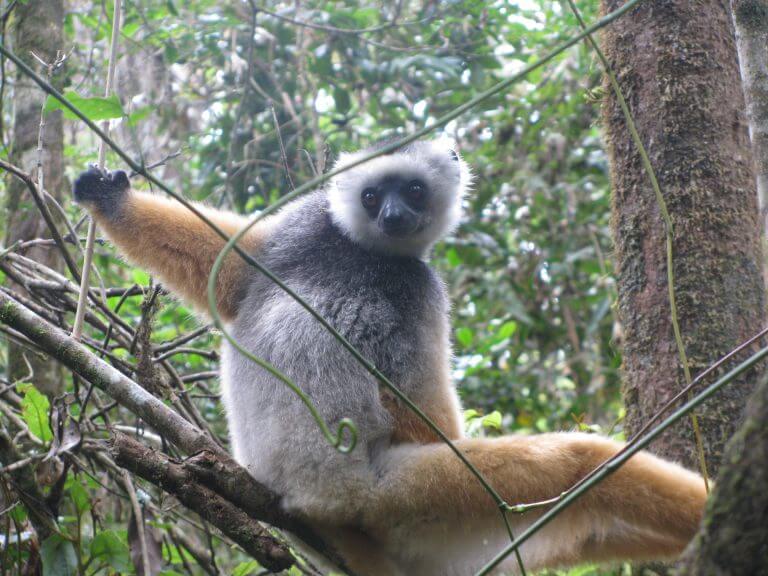
A habitat stronghold on the precipice: A call‐to‐action for supporting lemur conservation in northeast Madagascar
The northeast of Madagascar is as diverse as it is threatened. The area bordering the Analanjirofo and SAVA regions contains six protected areas and at least 22 lemur species. In …

Do functional traits offset the effects of fragmentation? The case of large‐bodied diurnal lemur species
Primates worldwide are faced with increasing threats, particularly anthropogenic disturbances, making them more vulnerable to extinction. As this situation continues to worsen, we sought to understand how fragmentation affects primate …
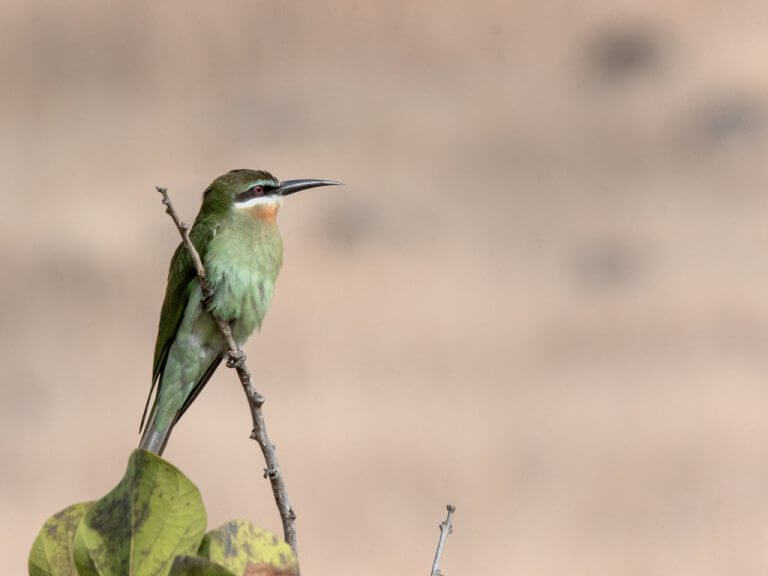
Urgent action needed: the forgotten forests of the Lavasoa-Ambatotsirongorongo Mountains, southeast Madagascar
When people think of important areas of biodiversity within Madagascar, they tend to focus on the more well-known national parks and special reserves. The truth is, though, that there are …
Non-native Habitat Use by Endemic Terrestrial Malagasy Mammals
Contribution to The New Natural History of Madagascar.
Numerous forest-dependent land vertebrates, including 95% of lemur species, are threatened with extinction, and as their natural habitats disappear, degraded areas are often colonized by introduced plant species, some of them invasive. As such, it is important to understand the role of introduced plants and associated habitats, as well as agroecosystems, in lemur and other endemic mammal survival.
Lemur Food Plants
Contribution to The New Natural History of Madagascar.
Of the nearly 110 lemur species currently recognized, 61 have been the subject of at least one dietary study that has provided information on the taxa and parts of plants used for food. This chapter contribution builds on previously published information with additional unpublished data, focusing on plants, both native and introduced, rather than other types of food items lemurs consume.
Coquerel’s Sifaka
Contribution to 25 Most Endangered Primates.
A profile of the natural history and conservation status of the Critically Endangered Coquerel’s Sifaka (Propithecus coquereli).
Hypomelanism among collared brown lemurs (Eulemur collaris) in littoral forest fragments
A short report on observations of piebaldism, an unusual phenomenon in lemurs, in wild populations of collared brown lemurs (Eulemur collaris).

